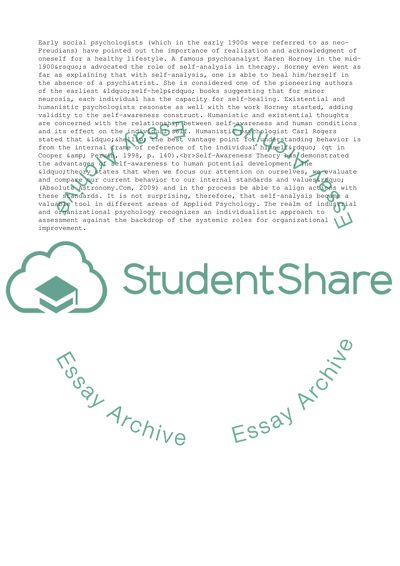Cite this document
(Managerial Self-Awareness In High-Performing Individuals In Case Study, n.d.)
Managerial Self-Awareness In High-Performing Individuals In Case Study. Retrieved from https://studentshare.org/management/1731358-developing-self
Managerial Self-Awareness In High-Performing Individuals In Case Study. Retrieved from https://studentshare.org/management/1731358-developing-self
(Managerial Self-Awareness In High-Performing Individuals In Case Study)
Managerial Self-Awareness In High-Performing Individuals In Case Study. https://studentshare.org/management/1731358-developing-self.
Managerial Self-Awareness In High-Performing Individuals In Case Study. https://studentshare.org/management/1731358-developing-self.
“Managerial Self-Awareness In High-Performing Individuals In Case Study”, n.d. https://studentshare.org/management/1731358-developing-self.


